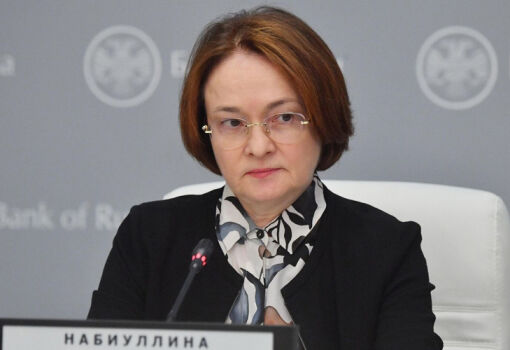
The choice of Alaska for the venue of this meeting is not accidental: this US state occupies a special place in bilateral relations.
General history and strategic position
This is not the first time Alaska has hosted world leaders: Ronald Reagan met with Pope John Paul II in 1984, and Richard Nixon hosted Emperor Hirohito of Japan in 1971.
Speaking at the White House on Monday, Trump issued a caveat, saying he would “go to Russia.”
Alaska was indeed part of the Russian Empire – until 1867, when the U.S. bought it for $7.2 million – in today’s prices, that’s about $156 million.
Russian trace
Russian travelers were the first to see Alaska from the sea: it is believed that it was the sailors of Semyon Dezhnev’s expedition back in 1648.
By the middle of the 18th century, Russian industrialists were already active in Alaska and the Aleutian Islands, extracting there the fur of the “sea beaver” – kalan.
In 1799 several private merchant enterprises united into the Russian-American Company with state participation.
However, by the 1850s the number of wild boars had already decreased sharply. Defense costs in the most remote part of the empire outweighed the possible profits from further colonization, which, moreover, simply did not have enough people.
At the time of the sale, there were about 2500 Russians living in Alaska, many of whom did not leave.
According to the state authorities, there are still active Russian Orthodox churches in 80 settlements, and many of their inhabitants still speak Russian.
The “ice curtain” and the “gateway to the Arctic”
The distance from Russia to Alaska is only 88 km, and in the Bering Strait some Russian and American islands are only a few kilometers apart.
Since the Cold War, Alaska has been home to major U.S. military bases, primarily airfields for fighter interceptors and NORAD facilities for North American missile and air defense, as well as numerous electronic intelligence nodes.
Today, Alaska is one side of the “gateway to the Arctic.” The Bering Strait is the only direct sea route between the Pacific and Arctic Oceans. As sea ice retreats due to climate change, the value of this route to global shipping is increasing.
The Northern Sea Route, which runs along Russia’s Arctic coast, is becoming increasingly navigable and offers a shortcut between Asia and Europe.
Container ships, oil tankers, bulk carriers and vessels serving oil, gas and mining operations in Alaska and Siberia already pass through the strait.
© Euronews













